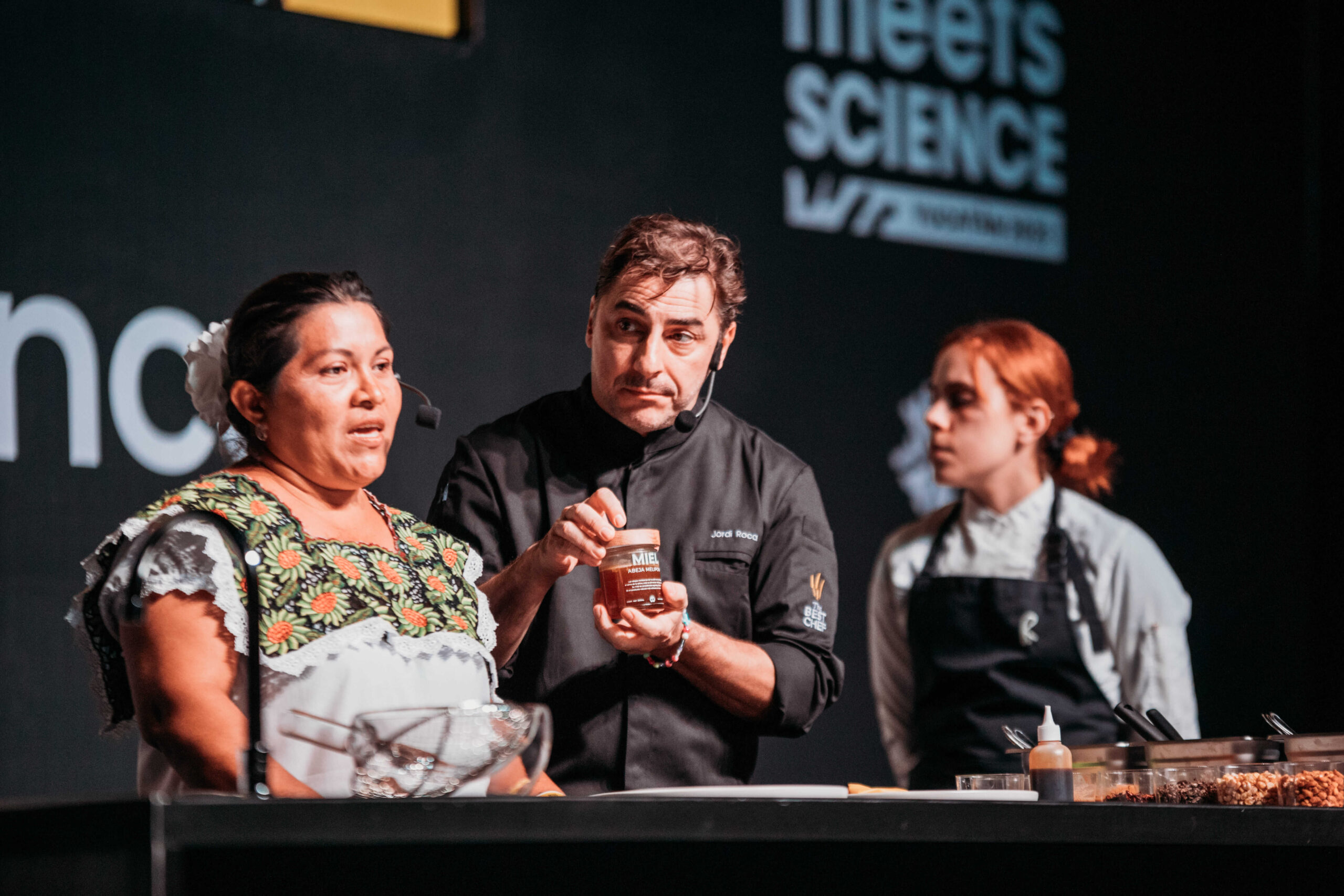
The honey made from bread – Jordi Roca
The feast of the Food Meets Science Conference started unusually: with the dessert. The first Speaker to host a presentation was Jordi Roca, a famous pastry chef from El Celler De Can Roca. He was accompanied by Luciely from Traspatio Maya and his two assistants – one of them was Patri and to the second one we will get back to later in the article.
The process of chocolate-making
As a Chef who works a lot with chocolate, Jordi had great insight into the world of producers from Peru, Ecuador, and Mexico. That is how he understood the privilege of working with small producers – it allows the client to order small portions of cocoa, different from the usual product on the market. What is more, working closely with producers means we can ask for a specific thing, like a degree of maturation of the product.
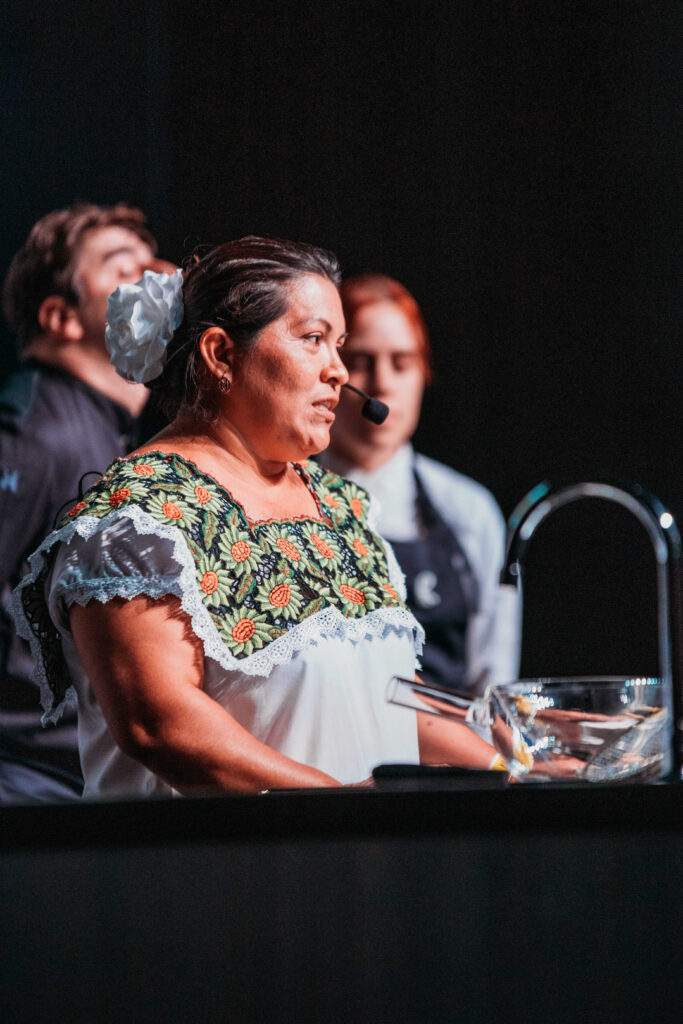
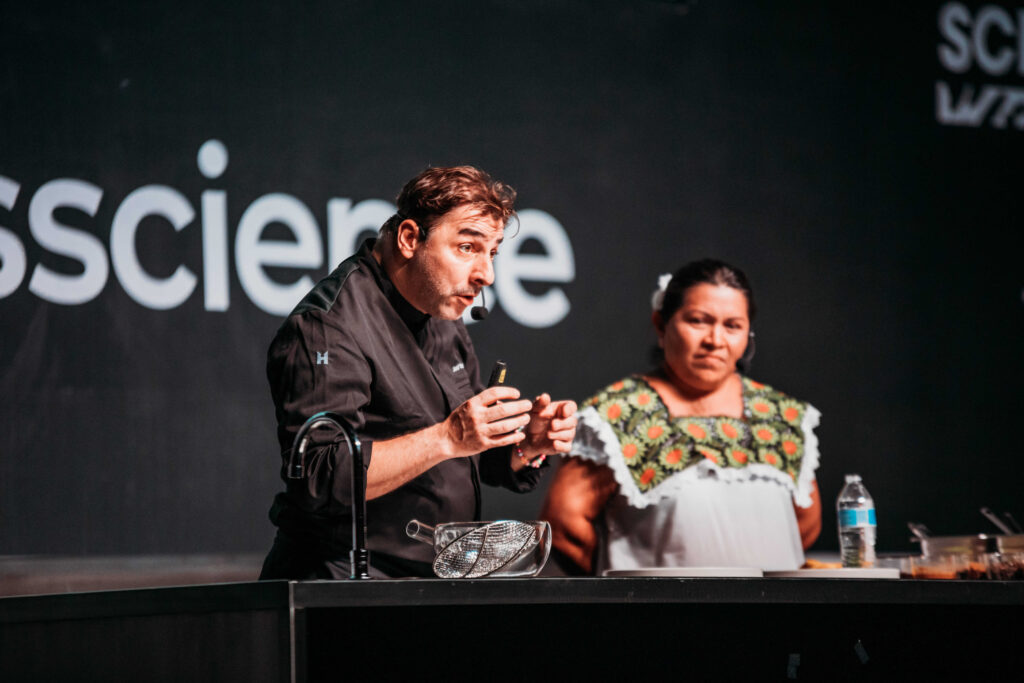
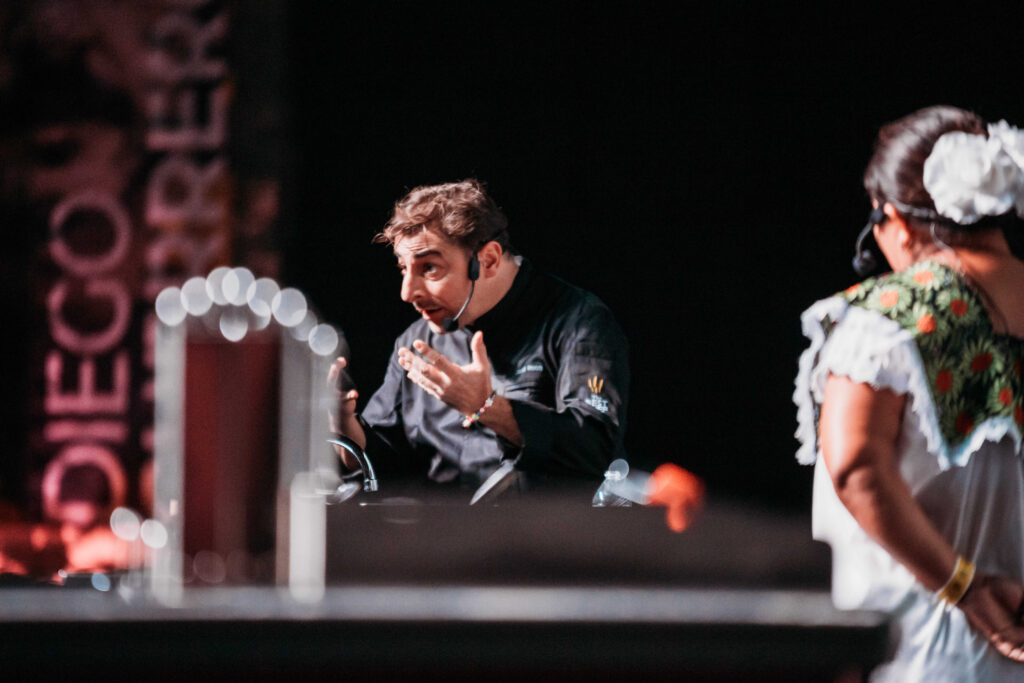
Jordi started the presentation by explaining how to make chocolate:
- Cooking the cocoa beans – it is better to separate the biggest from the medium and small as they give different results
- Graining the cocoa in a wheel mill, and after – in a stone mill. This leaves the product completely smooth and shiny, while the movement incorporates air into the mass
- Maturing it for a minimum of two weeks allows the flavors to be homogeneous
- Tempering – heating and cooling it down to organize the cocoa fat crystals. If done well, the mass is smooth with fat evenly distributed
The shells of cocoa beans are not thrown away by Jordi, but instead – used in the packaging of chocolate bars. There is poetry in wrapping the cocoa product in its own shell.
The presented dessert that appeared on the plates in 2020, bears the name Chocolate, Cacao, Pan, Aceite y sal. The Chef drew inspiration from a popular Catalonian snack – toasted bread with chocolate, salt, and oil. However, he wanted to incorporate bread more creatively, and since the topic of his presentation was honey – Chef Jordi made honey out of bread. Ideally, we take leftover bread and soak it in water and a solution of two enzymes. Then gluten molecules – sugar – will divide the same way our stomach turns bread into glucose.

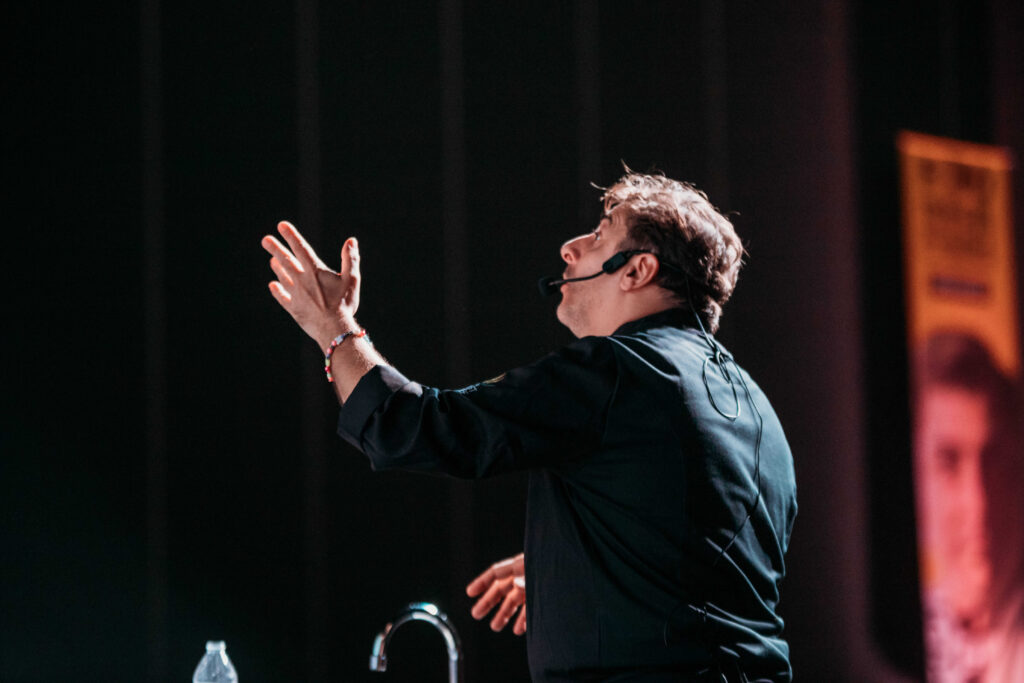
Melipona honey
After Jordi’s introduction, we had an opportunity to listen to Lucielle talk about Melipona honey. She belongs to the community of 86 families that produce honey and takes care of Melipona bees, a Yucatan native species. It is in danger of extinction and pollinates only certain types of flowers – Jabín, Chacá, and other trees or citrus. The type of plant affects the color of honey.
Lucille belongs to a community of ten women who work in agriculture to preserve the traditional craft. What she makes, she makes with her own hands and in a sustainable way. She understands the great value of honey – for Mayas it was an elixir, a gift offered to gods, today it is used as a medicinal honey – it helps with skin, respiratory, and even eye problems. The honey is precious – the Melipona bees produce only one liter per year, so it is important to reach the biggest audience possible.
Jordi Roca tried honey on his skin, admired the color and texture, and offered to Lucille a teaspoon of totopo honey – extracted with enzymes from tortilla chips. His chocolate dessert was made from white cocoa grown in Soconusco, which resulted in a lilac shade of light brown. Unique, fascinating types of cocoa are rarely known to consumers as the majority of the world’s cocoa is distributed between the three of the four biggest companies.

The dessert
Now is the time to introduce Jordi’s second assistant. Her name is Queralt, she is four, half Mexican, and the Chef’s daughter. She observed with curiosity and impatience as Patri was preparing frozen popcorn using liquid nitrogen. Then helped with preparing the plates and definitely declined to have a caramel sauce made of corn on hers as well as sweet corn gel (children are our most harsh critics!). She added crunchy caramelized corn grains.
The dish was finished with a circle of bread honey and a few drops of Melipona honey, incorporating into dessert another Mexican inspiration. Last but not least, the plate was sprinkled with pollen.






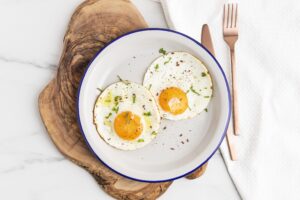

Post a comment